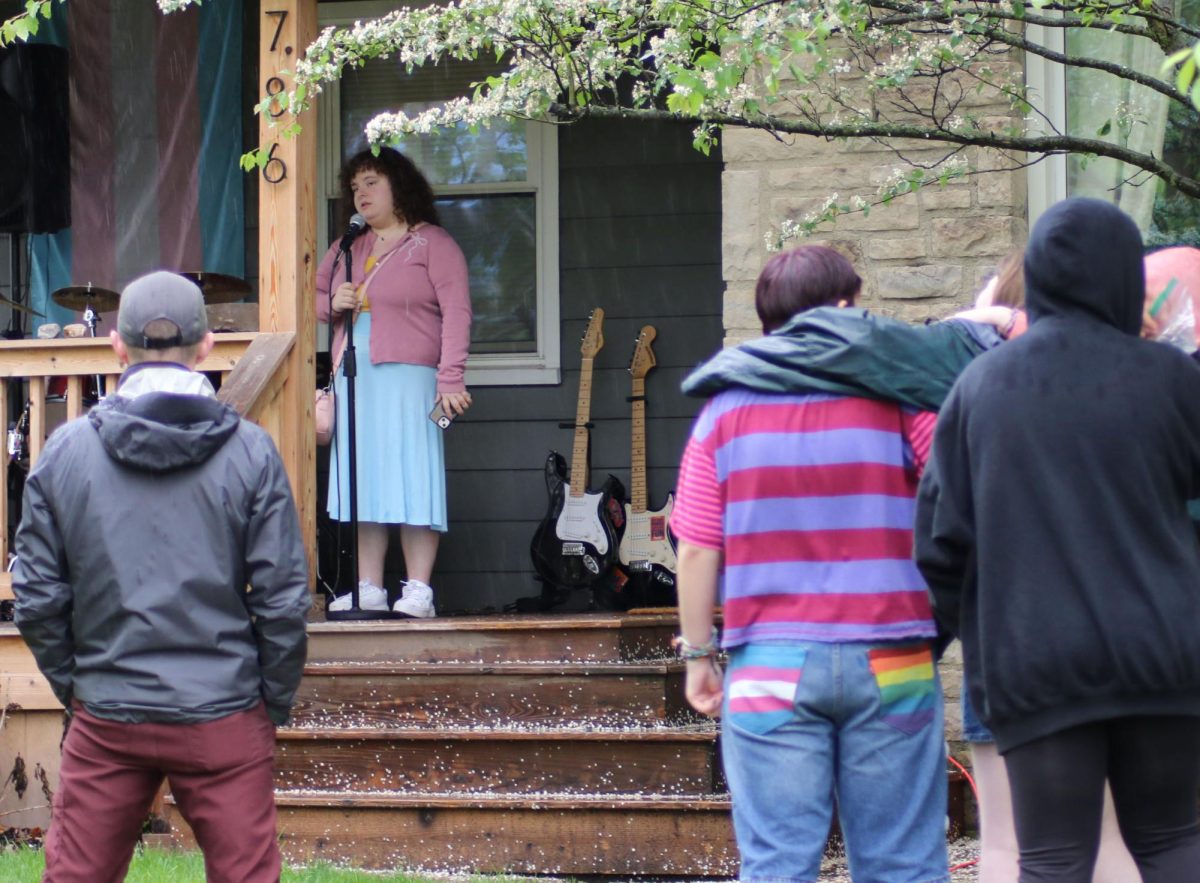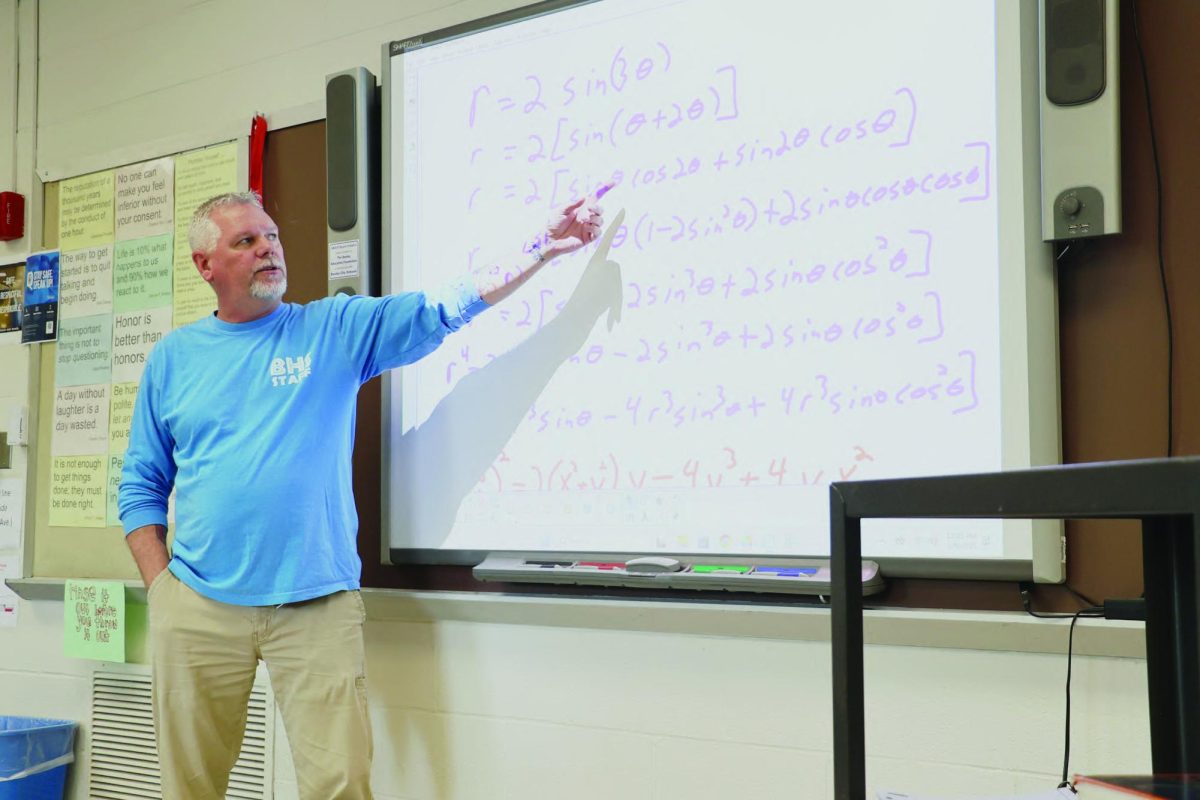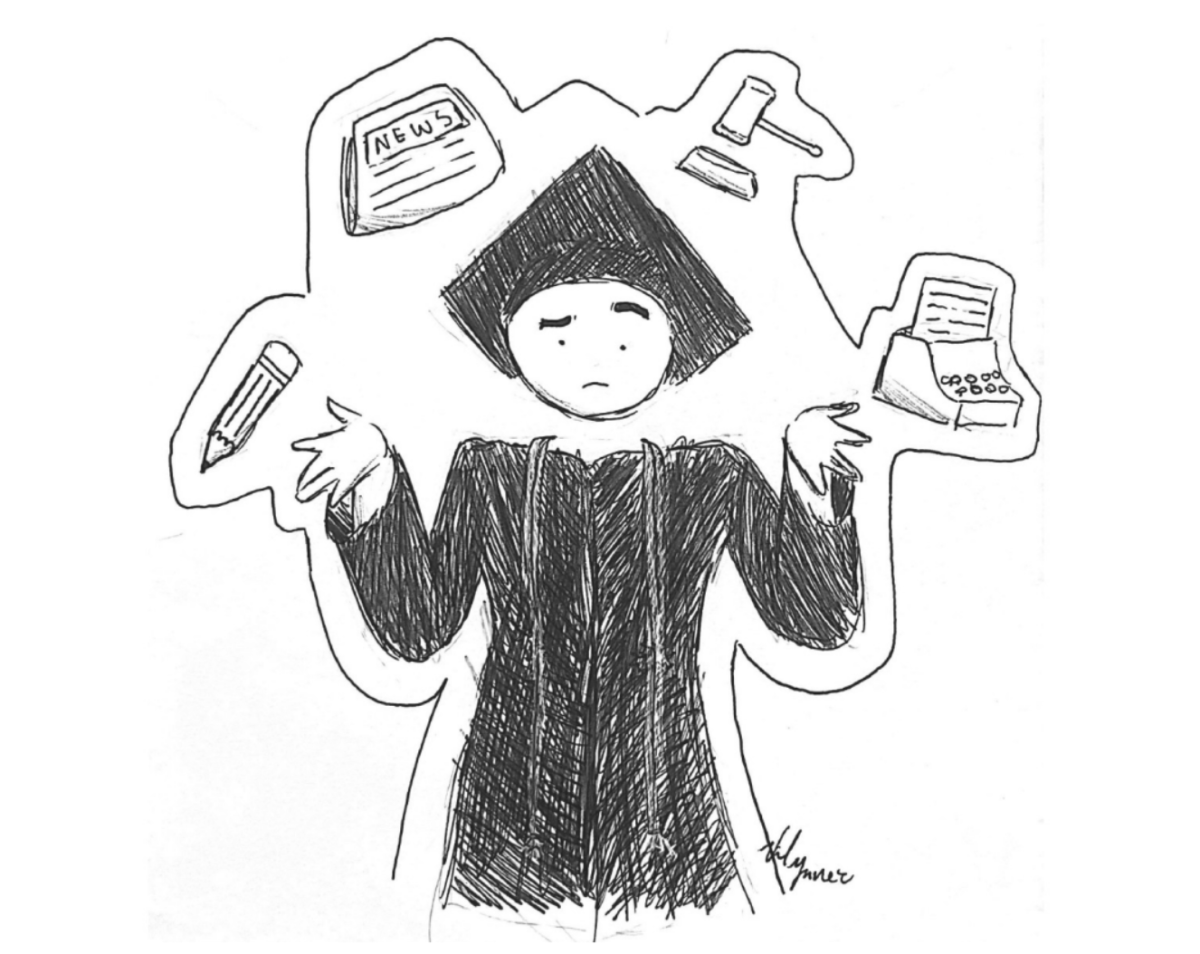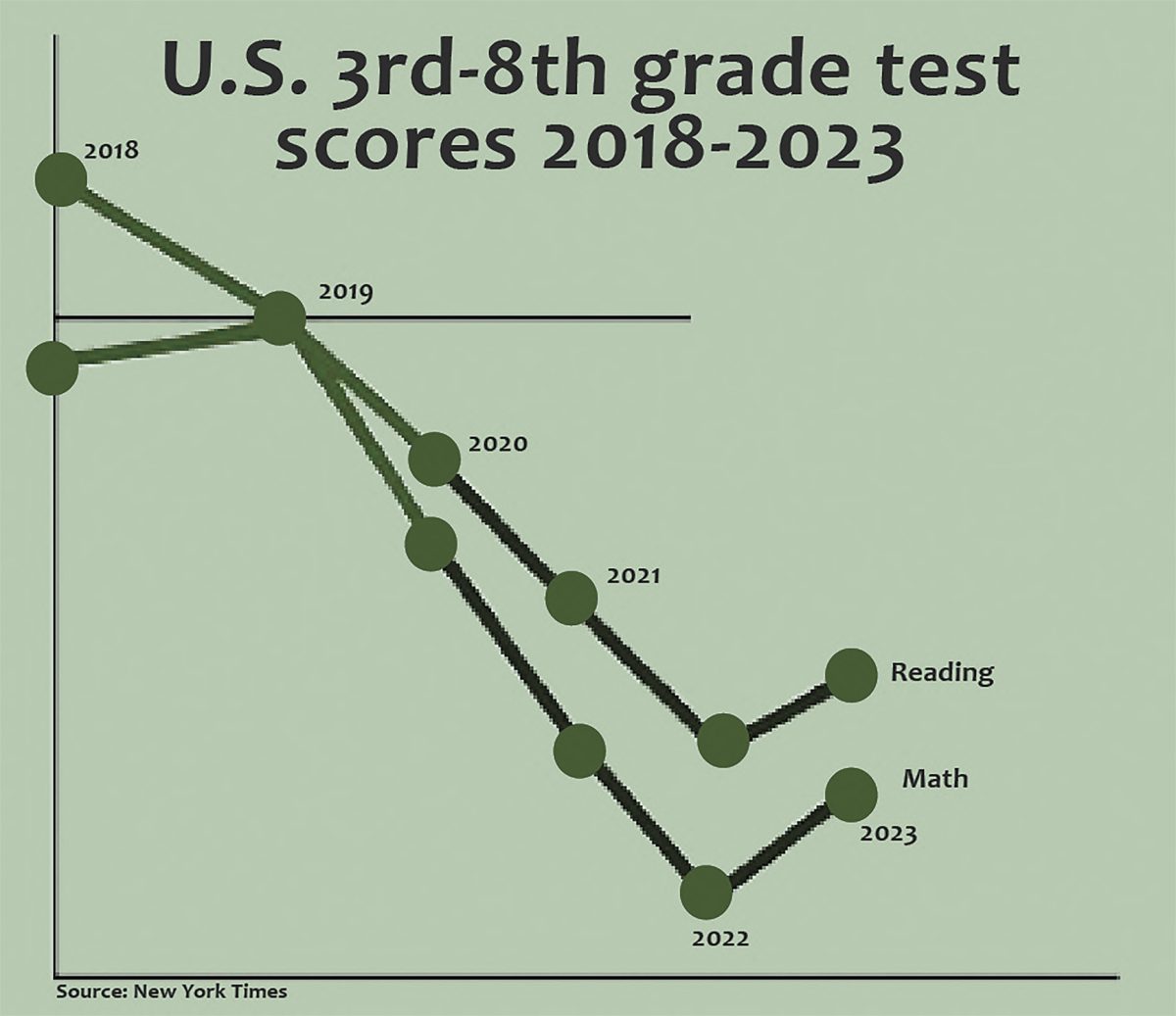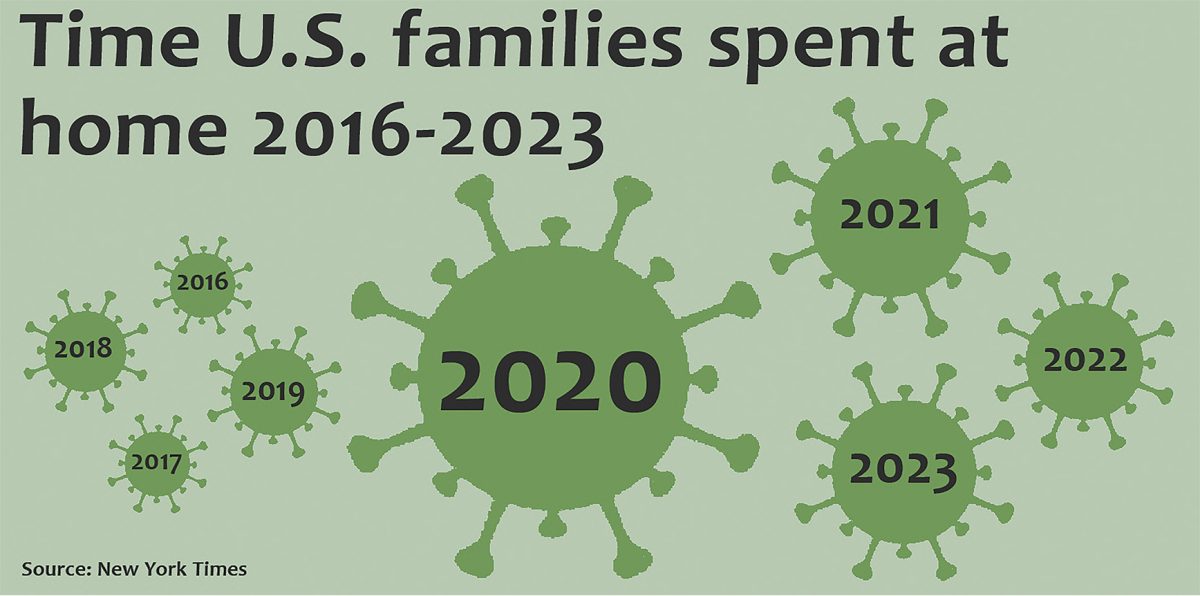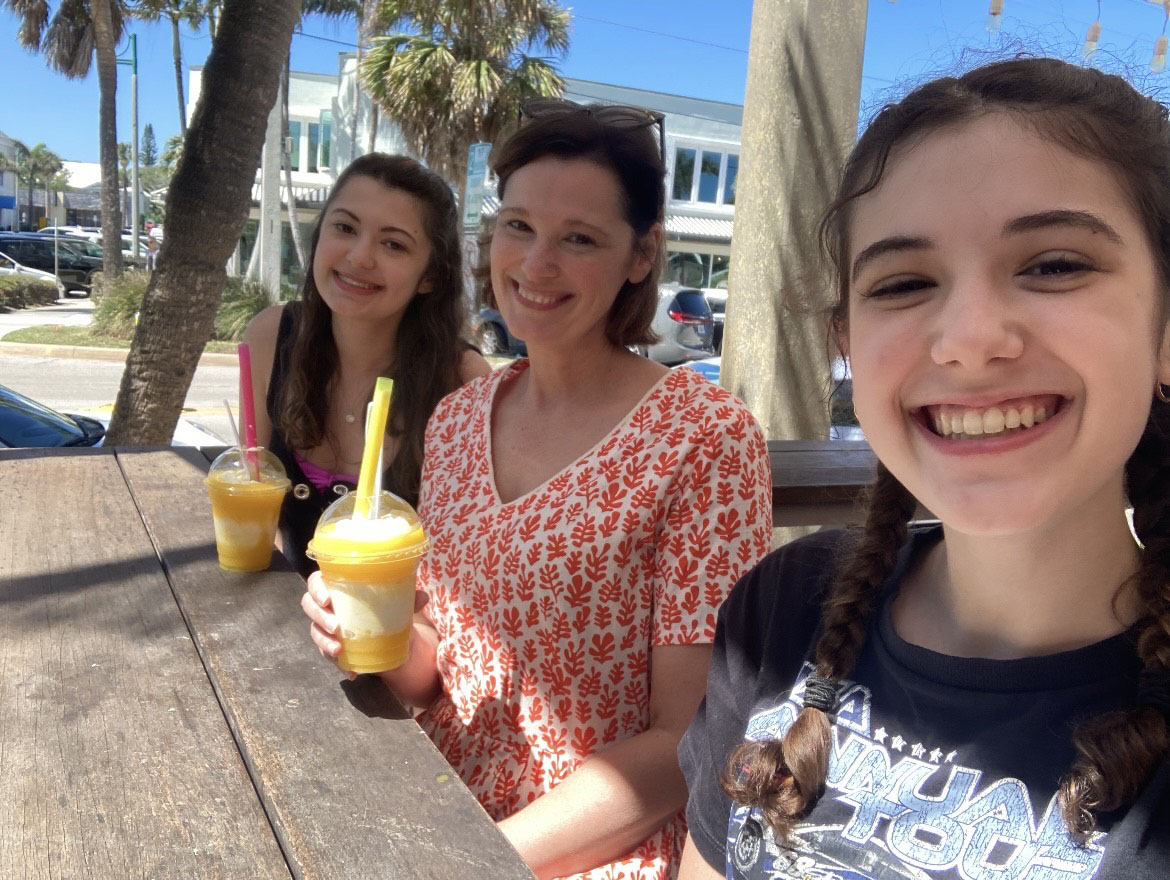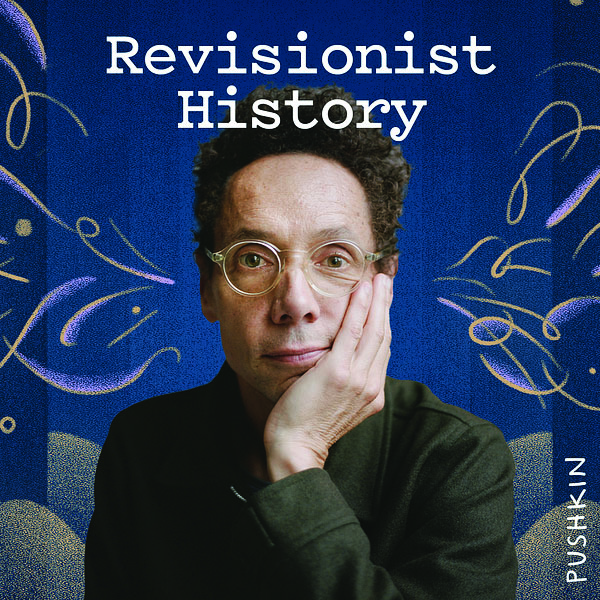Easy to access. Easy to conceal. Easy to become addicted.
The desire to fit in has brought vaping to the forefront of teenagers’ minds and daily routines across the country. Even with the dangerous effects of nicotine products, the high school has not been spared from this phenomenon.
Pediatric and adolescent practitioner Dr. Ben Almasanu said vaping can have severe effects on high school-aged students.
“Vaping can cause a wide range of effects on the lungs,” he explained. “E-cigarette and vaping associated lung injury has resulted in serious health consequences for some young people, including death.”
The full extent of harm vaping can cause is still unknown, Almasanu added, and the scope of potential injury will not be known until people have been using vapes for a very long time.
Superintendent Jason Fine said the marketing of vapes as a safer alternative to smoking and the targeting of high school students as consumers have caused students to lose track of what is true and what is false.
“Some students may have a general awareness of the risks associated with vaping, but many do not fully understand the extent of its negative effects,” he explained. “These products are designed to look appealing and seem harmless, but the reality is far different.”
Almasanu said there are even more reasons why a high school- aged child is more likely to get addicted to vaping.
“High school people and even young adults are more susceptible to addictive substances because their brains are still in the process of developing,” he explained.
Almasanu said vaping is a serious health risk to high school students because of its prevalence in adolescent society. Somewhere between 25% to 33% of teens have tried vaping, some of which happens in schools, he added.
“I have plenty of reports from my patients about walking into high school bathrooms where there is a cloud of smoke due to multiple people vaping,” he explained.
Sophomore Jordan Burnett* said he first became familiar with vaping due to an older sibling’s influence in middle school.
“The first time I used a vape was in eighth grade,” he explained. “My older brother had some friends over, and one of them asked me if I wanted a hit.”
Burnett said while he didn’t feel an intense reaction the first time, he continued vaping after he noticed a decrease in stress and anxiety.
Burnett explained he typically obtains vapes through his brother, who he gives extra money to in exchange for buying the product.
“He has a fake [ID], which makes things a lot simpler,” he added.
Similarly, junior Rachel Medina* said her first time vaping was instigated by a peer.
“I used a vape for the first time at a party freshman year,” she explained. “This random guy came up to us and offered his vape to me and my friends.”
Medina said she buys her vapes from a fellow classmate, and she pays about $20 per device.
She explained she frequently uses her vape to get her through the school day, and she believes she has developed an unhealthy reliance on it.
“I feel like I get super antsy when I’ve gone a while without it,” she said.
Burnett said he does not bring his vape to school due to worries about possible school or legal repercussions.
Fine said the current policies targeting tobacco and substance use were here before he became superintendent. He said, referencing the Student Handbook, the possession or use of any tobacco product or e-cigarette on school property, at events sponsored by the school or whenever a student is under the jurisdiction of the school, is strictly prohibited.
Both Burnett and Medina said they vape in social settings, such as at parties or with friends. Medina added many of her friends only choose to vape casually.
“If we’re at a party or going out, then they for sure will use them,” she explained. “But, only a few of my friends vape outside of that.”
Medina added she believes drug and alcohol culture is extremely prevalent in Bexley, and vaping is one of the less harmful illegal substances students use.
“Yeah, it’s not the best thing for my health,” she explained. “But, almost everyone at Bexley either drinks or smokes too, and I think vaping is the better option of those three.”
Burnett said he has tried to quit vaping a few times. He added the most significant time was when he went a month without vaping after his mother found a vape in his sock drawer.
“I had to go through my entire room with her so she could see there wasn’t anything else hidden,” he explained. “She was pretty mad, and I decided to lay off vaping for a while so she’d chill out.”
Medina said while she hadn’t been caught by her parents, she didn’t suspect they would have a visceral reaction.
“I honestly don’t even know if they would care that much if they found out,” she explained. “I don’t really think it’s any worse than drinking.”
Medina added she has had a couple of close encounters when vaping at school. She said one time, she was using a vape in the bathroom when a teacher walked in.
“She was jingling when she walked, so I knew it probably wasn’t a student,” Medina explained. “I just put my vape in a pouch inside of my backpack, flushed the toilet and left the bathroom pretty quickly. I’m sure it seemed suspicious, but I did not get caught, so it was fine.”
Junior Lacy Clayton*, who does not vape, said she thinks vaping on school grounds is a significant issue at the high school.
“I feel like you can’t walk into a bathroom without smelling vape smoke, it’s so easy to recognize,” she explained.
Clayton added students who vape can also crowd the restrooms, creating an uncomfortable environment.
“It’s annoying when there’s people who just spend all class vaping in the bathroom,” she said. “It makes me feel out of place when I am there to actually use it.”
Burnett said he thinks vaping is prevalent in Bexley but not to an extreme extent.
“I don’t feel like it’s a huge problem at the school,” he explained. “Yeah, there’s a certain crowd, but generally I think students who vape do it infrequently and in social settings.”
Fine said while he doesn’t see vaping in the school to be a widespread issue, proactive steps are still being taken to ensure vaping doesn’t increase.
“We recognize even one student vaping is too many,” he explained. “We are vigilant about the potential for increased vaping, especially with the evolving landscape of e-cigarette products targeting youth.”
The district has implemented many initiatives including educational programs, counseling services, assemblies, workshops and parental involvement to combat vaping in the school, Fine said. However, he is not sure they have been completely successful in educating the community, he added.
“We remain open to adjustments based on emerging trends,” he said. “We are also open to feedback on how we can better educate students about the dangers of vaping and take stronger steps to curb its presence in our school.”
The district has implemented many initiatives including educational programs, counseling services, assemblies and workshops, parental involvement and many more to combat vaping in the school, Fine said. However, he is not sure they have been completely successful in educating the community, he added.
Fine said when it comes to vaping in schools, the district needs to place emphasis on raising community members’ voices. However, the district needs to give special priority to high school students’ voices because they are the ones experiencing this phenomenon in day-to-day life, he added.
“We need to amplify student voices—empowering them to lead by example and make a vape-free lifestyle the expectation, not the exception,” Fine explained.

